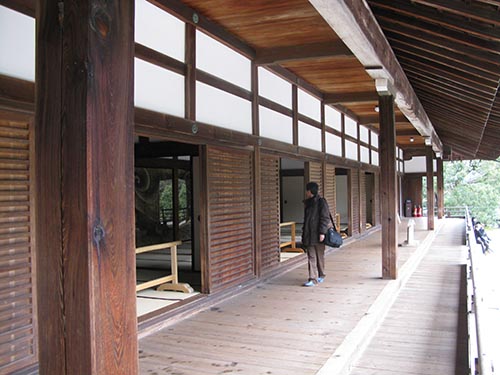 This note was reviewed and approved for currency in November 2018.
This note was reviewed and approved for currency in November 2018.
This note is based on research undertaken as part of a Churchill Fellowship, which included field study in Vigan City, the Philippines; Fujian, China; and Central Japan. The research focused on lessons in climate-adaptive vernacular architecture that can be applied to contemporary works of architecture, thus making our built environment better prepared to cope with climate change.
The locations visited during the course of research regularly experience monsoons, typhoons and large seasonal variations. They are on the same latitudes (16 to 35º) as some of the most populous areas of east coast Australia, with Vigan City on approximately the same latitude as Townsville, Fujian on the same latitude as Rockhampton, and Central Japan equivalent to Sydney and southern NSW.
With the Australian east coast already experiencing more extreme and variable weather due to climate change (see Climate change adaptation for building designers), designers can draw some valuable lessons in adaptive strategies from the Asia-Pacific region.
